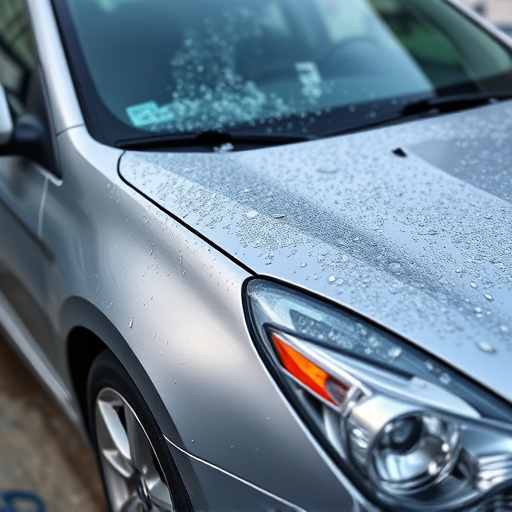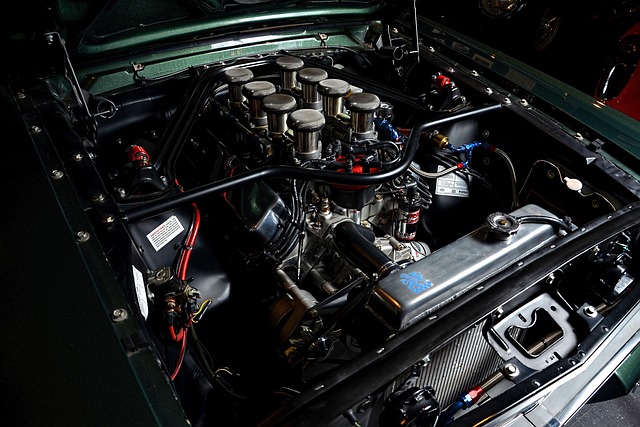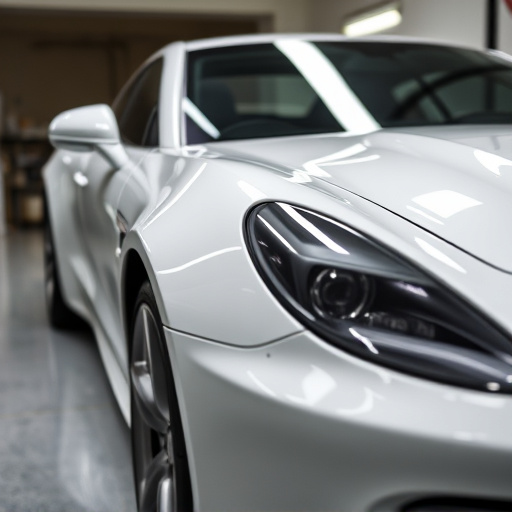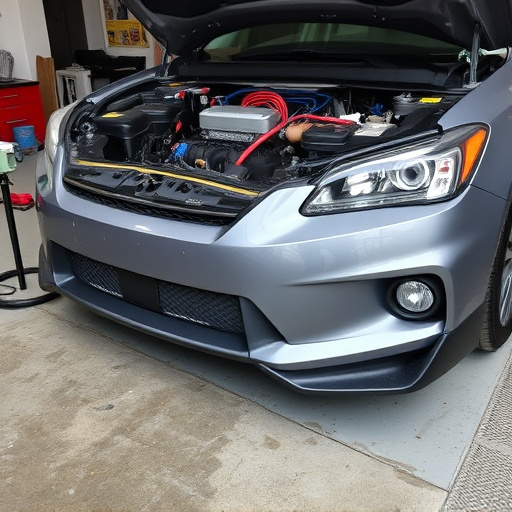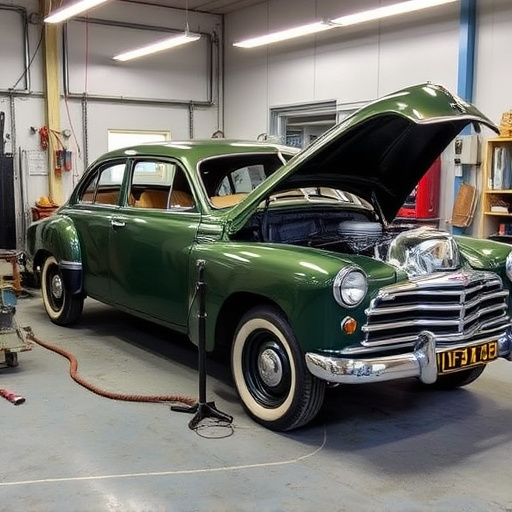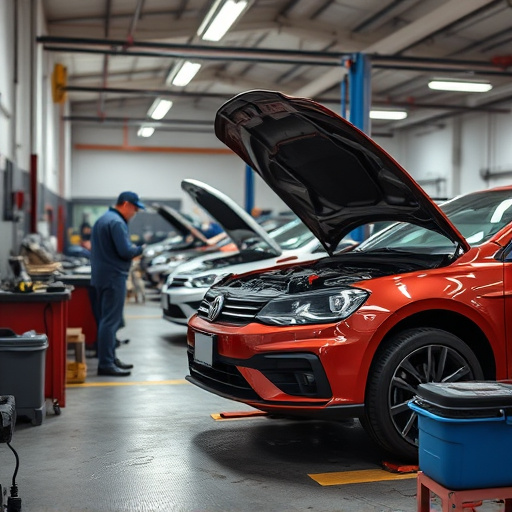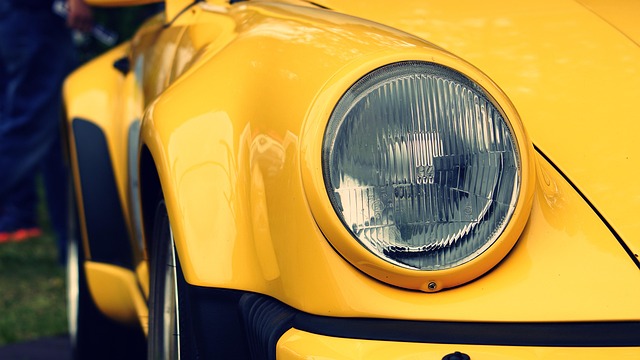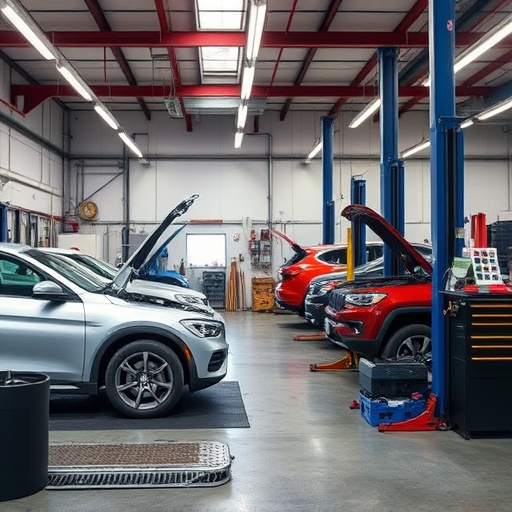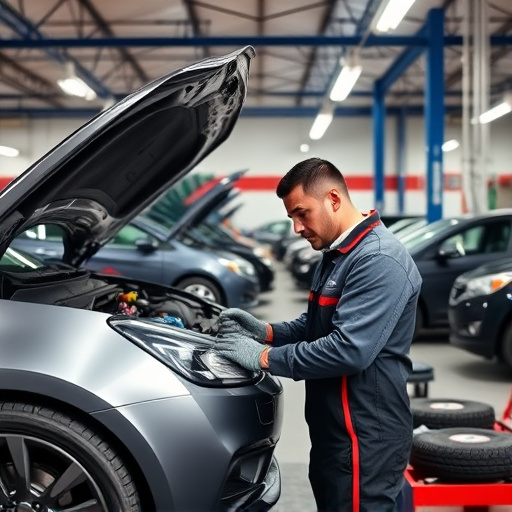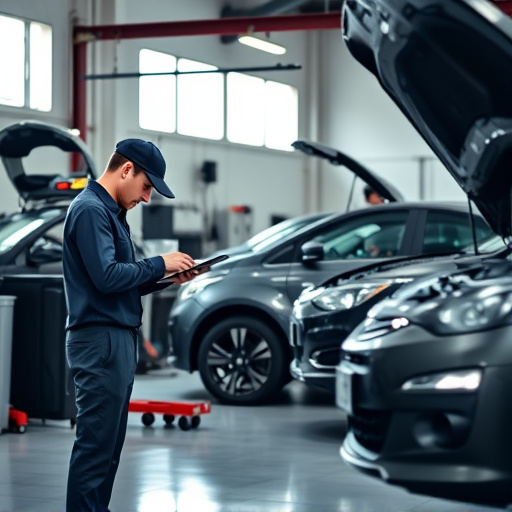Collision repair for classic and vintage vehicles faces unique challenges due to specialized parts, intricate designs, and historical significance. Delays stem from the need for precise knowledge, specific replacement parts, and less common repair techniques. Finding discontinued or custom parts can take time, requiring coordination with specialists and adherence to original specifications. These factors contribute to delay concerns in collision repair, impacting vehicle value through rust, structural weakening, and faded finishes. Prompt action is crucial to preserve financial worth and historical significance.
Delay concerns collision repair for classic and vintage vehicles, posing unique challenges that modern car owners often underestimate. Understanding these delays is crucial for appreciating the intricate process involved in restoring these timeless gems. From sourcing rare parts to navigating complex repairs, each step demands precision and patience. This article delves into the main culprits behind delay concerns, exploring the challenges of finding parts, the impact on restoration value, and practical solutions for vintage car enthusiasts.
- Understanding the Delays in Collision Repair Process
- Challenges in Finding Parts for Vintage Vehicles
- Impact of Time on Classic Car Restoration Value
Understanding the Delays in Collision Repair Process
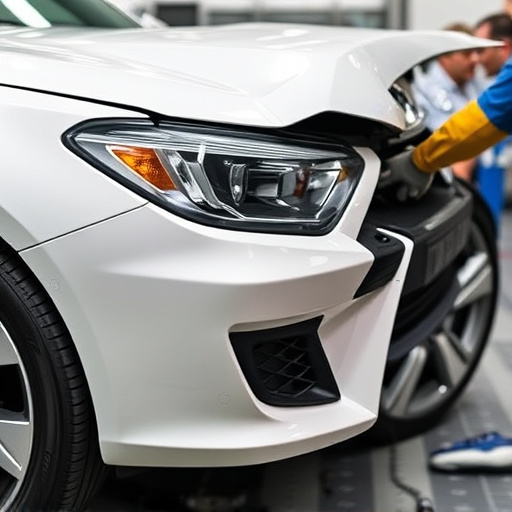
The collision repair process for classic and vintage vehicles can often face unique challenges that contribute to delay concerns. These delays aren’t always due to a lack of skilled technicians; instead, they frequently stem from the specialized nature of older vehicle models. Auto body repair on vintage cars requires precise knowledge of original equipment, specific replacement parts, and techniques that might be less common in modern automotive repair. Finding the right parts, especially for discontinued or custom-made components, can take time.
Moreover, these vehicles’ intricate designs and historical significance necessitate meticulous attention to detail. Vehicle body shops handling classics and vintage models must balance the need for accurate restoration with efficient service. This often involves coordinating with specialists, researching authentic materials, and ensuring that each step of the repair process aligns with the vehicle’s original specifications—all factors contributing to potential delays in collision repair.
Challenges in Finding Parts for Vintage Vehicles
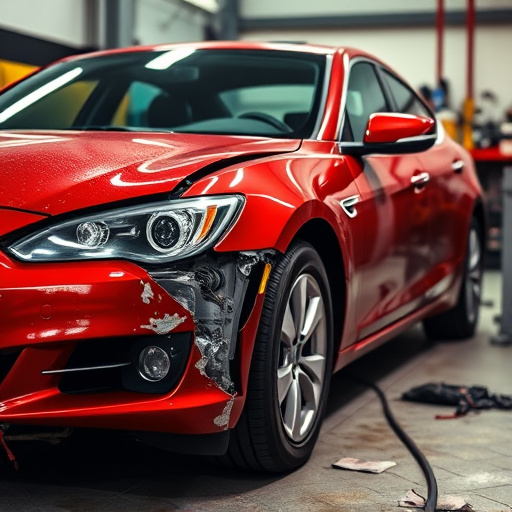
Finding replacement parts for vintage vehicles can be a significant challenge, adding to the already complex delay concerns collision repairs face. Unlike modern cars where parts are readily available from manufacturers or specialized dealers, classic and vintage models often require unique, hard-to-find components. This issue is further exacerbated by the limited production runs of these older vehicles, leading to a reduced pool of potential sources for authentic parts.
The scarcity of original equipment manufacturer (OEM) parts necessitates that auto repair services catering to car restoration turn to aftermarket suppliers or even custom fabricators. While this can be a game-changer in terms of keeping these cherished vehicles on the road, it also introduces delays and increased costs. The search for suitable substitutes, especially when dealing with rare makes and models, can be time-consuming, requiring extensive research and communication with specialists to ensure compatibility and quality.
Impact of Time on Classic Car Restoration Value

The value of a classic car is closely tied to its originality and condition, making time an essential factor in restoration. Every day that passes without proper care can lead to deterioration, impacting the overall worth of the vehicle. Delays in collision repair for classic cars could result in long-term consequences, such as rust formation, weakened structural integrity, and faded finishes. These issues not only affect the visual appeal but also reduce the car’s market value.
In the case of a Mercedes Benz repair or any vintage vehicle, prompt action is crucial to preserving its historical significance and financial value. Delaying necessary repairs might lead to more extensive and costly restoration work in the future, making it less feasible to maintain the car’s authenticity and collectibility. Thus, addressing collision-related issues promptly becomes vital for both enthusiasts and investors in classic car restoration.
The delays in collision repair for classic and vintage vehicles present unique challenges that impact both restoration quality and financial value. Understanding these issues is crucial for owners navigating the intricate parts search and time-sensitive restoration processes. By recognizing the specific hurdles, from limited part availability to the effect of time on vintage cars’ value, enthusiasts can make informed decisions to preserve their cherished vehicles. This knowledge empowers them to efficiently manage repairs, ensuring both the integrity of their classic cars and their financial investment.


